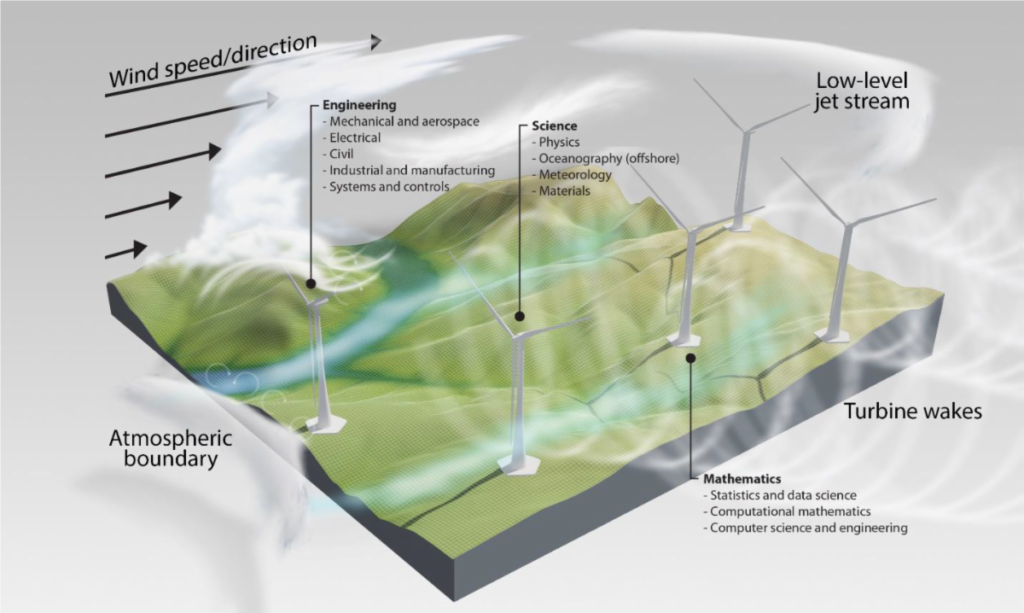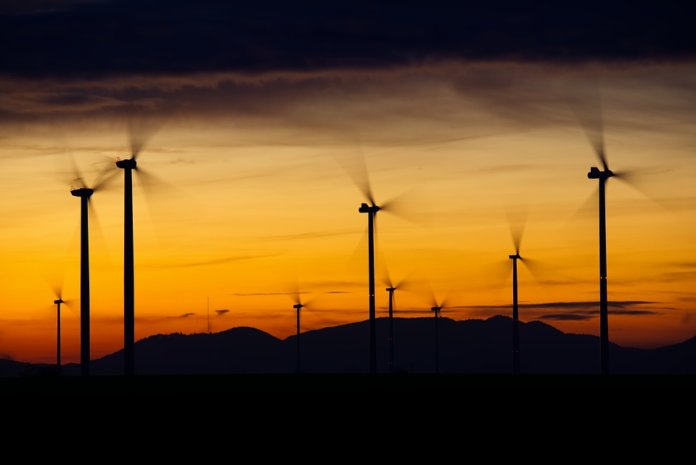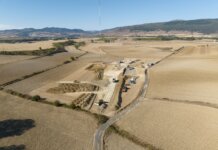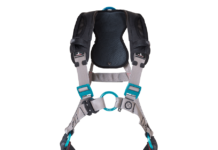A new paper led by the National Renewable Energy Laboratory (NREL) highlights three scientific challenges that must be addressed in order for wind power technology to reach its full potential.
The article, published in the journal Science, argues that continued innovation is needed to realize the potential of wind to serve global demand for clean energy. Specifically, the paper lists three “interdependent, cross-disciplinary grand challenges” in the science of wind energy:
- Deeper understanding of the physics of atmospheric flow in the critical zone of plant operation.
- Aerodynamics, structural dynamics and offshore wind hydrodynamics of wind turbines.
- Optimization and control of wind plants working synergistically within the power system.
To remain “economically attractive,” says NREL, the cost of wind energy must continue to decrease. In addition, as the deployment of variable output wind generation increases, new challenges surface related to the adequacy of generation capacity on a long-term basis and short-term balancing of grid systems – both of which are critical to maintaining future grid-system stability and reliability, the national lab says.
All three challenges build on each other, NREL notes, and stem from “complex and highly coupled phenomena that cross many physical and temporal scales relevant to wind energy and the broader power system.” Though advances in individual scientific disciplines (see figure below) will continue to be “tremendously important,” the authors argue that cross-disciplinary work is also paramount.

The paper was published online on Oct. 10. It can be read here.





I believe a very important issue we need to continue to bring engineering change to bear upon is significantly reducing the magnitude of the Blade Pass Frequency emission. I am confident that if the mandate were to exist, we would be successful, and more work would be present through rework of existing arrays.
Elimination of the power electronics in variable speed wind turbines is more important than any of the three improvements discussed here. Power electronics are inefficient, expensive and delicate. They produce dirty power that must be cleaned up for the grid. This increases the waste of power and the cost and further decreases the reliability of the turbine. But it is impossible to clean that power up completely. As more turbines with power electronics are added to the fleet, the worse the quality of the grid power will become. It won’t be long before this problem must be solved. It would… Read more »